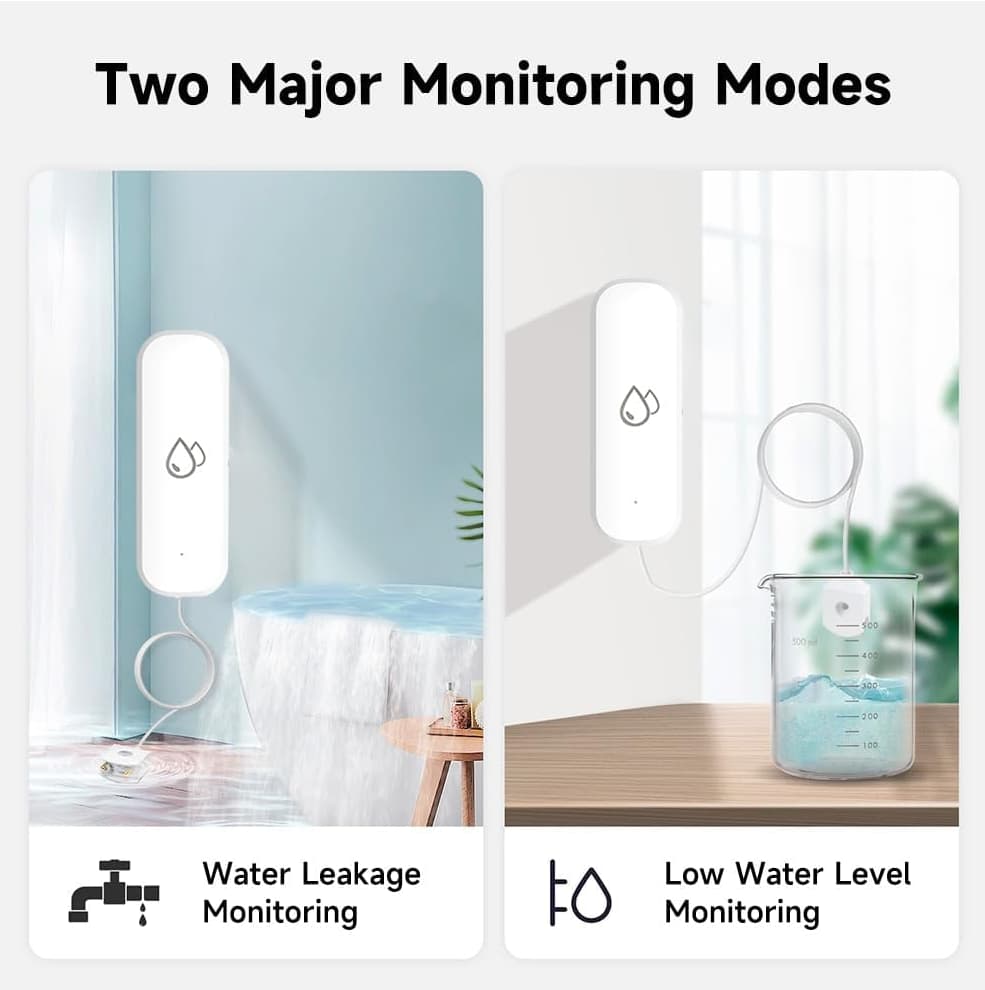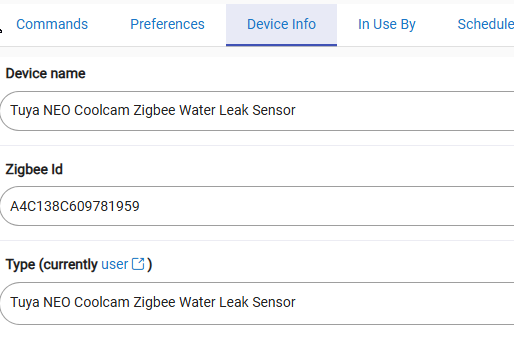I've got a fountain that has its own 2 gal water reservoir in the base. I currently have a b-hyve hose adapter feeding water to this three-six times/day. I'm in FL so temps go really high and the water empties quickly. Instead of wasting water refilling the fountain when it's NOT empty - and thus having the water run out and muddy the area around the pond, I'd thought of putting a water sensor on a "rock" or "lift" or something about 6" from the bottom of the reservoir, get the REVERSE of what a water sensor is supposed to do (ie: no water sensed) then initiate a fill until the top is reached. (ie: I'd measure how long the average fill from the sensor to the top is, and run the hose for that amount of time).
The designs of all the sensors I've seen do not really allow for me to say "fill it until the alarm is triggered" because of their bulk and inability to mount in a certain vertical level in my fountain's reservoir. It's probably easier to say "Ignore all water alarms. Pay attention to when there's NO alarm sent. I know this is a recipe for recharging the unit a LOT but I have no other options to do what I want to do, do I? PS: ANY solution needs to be Zigbee as I have plenty of strength in my ZigBee mesh, and little to none in WiFi and Z-Wave where the fountain is located.
Ideas?
TIA!
Jann




